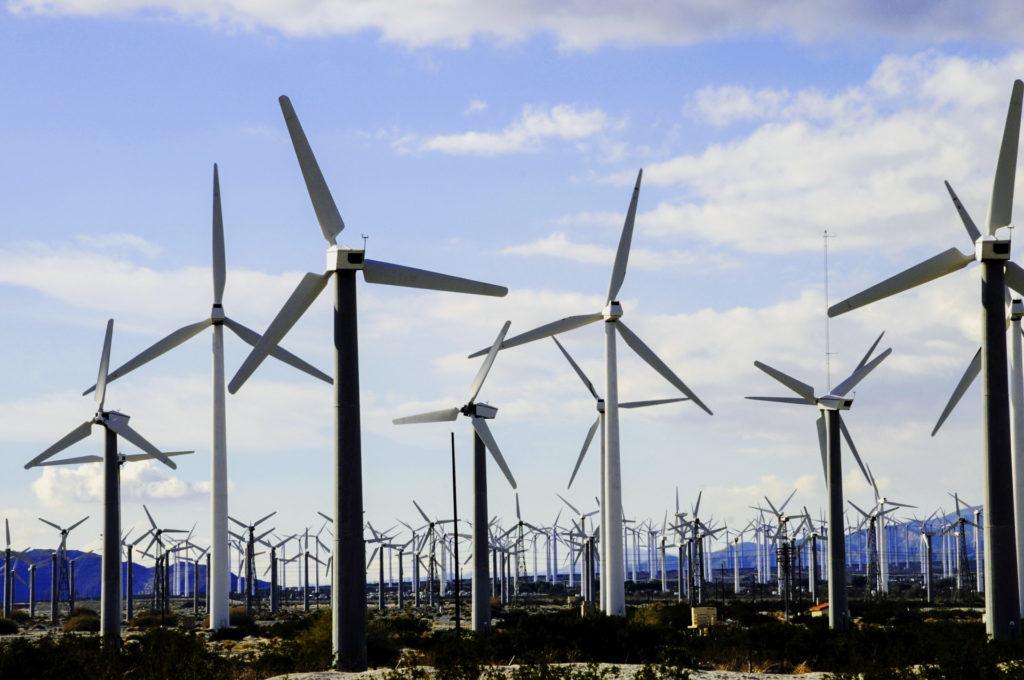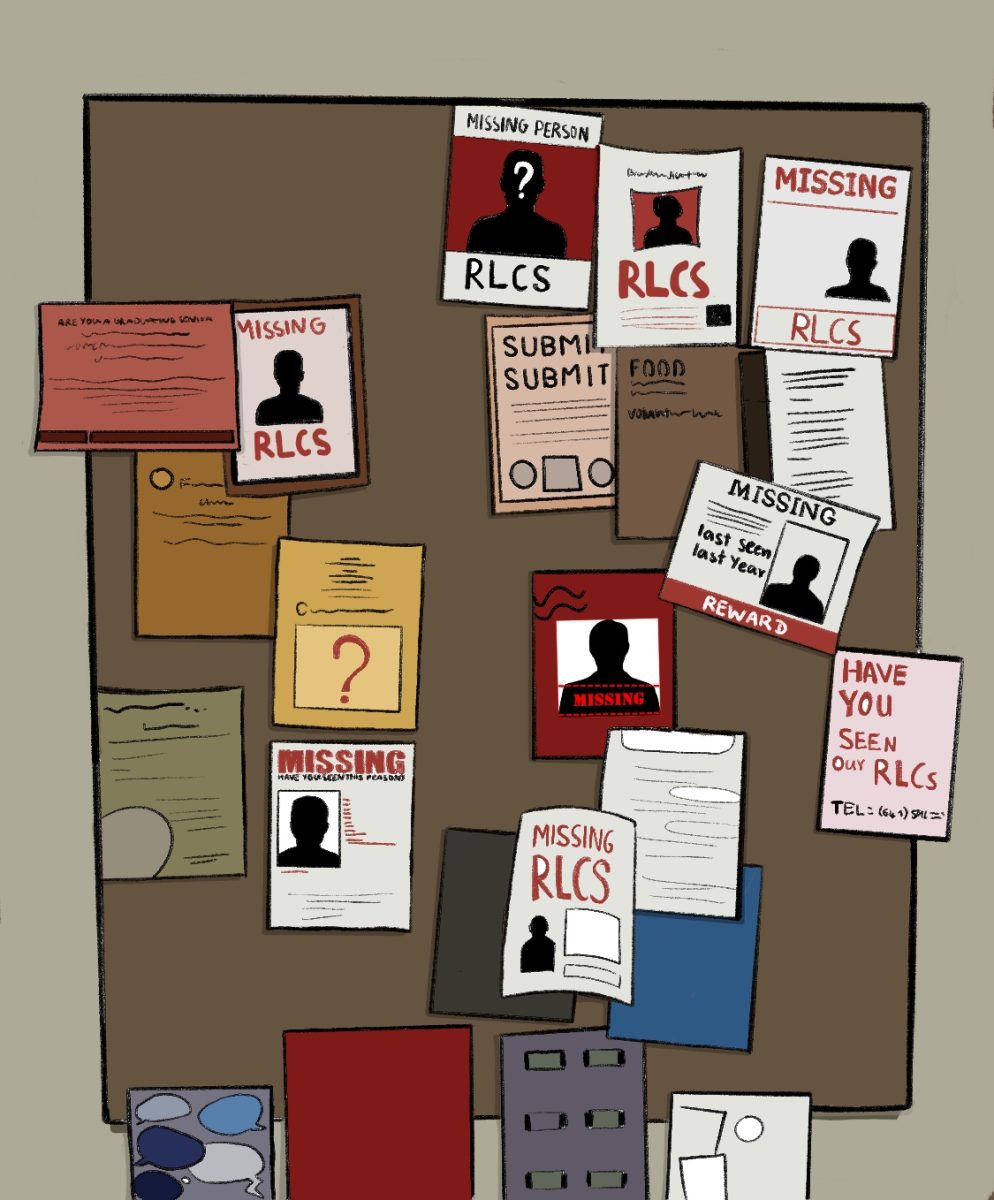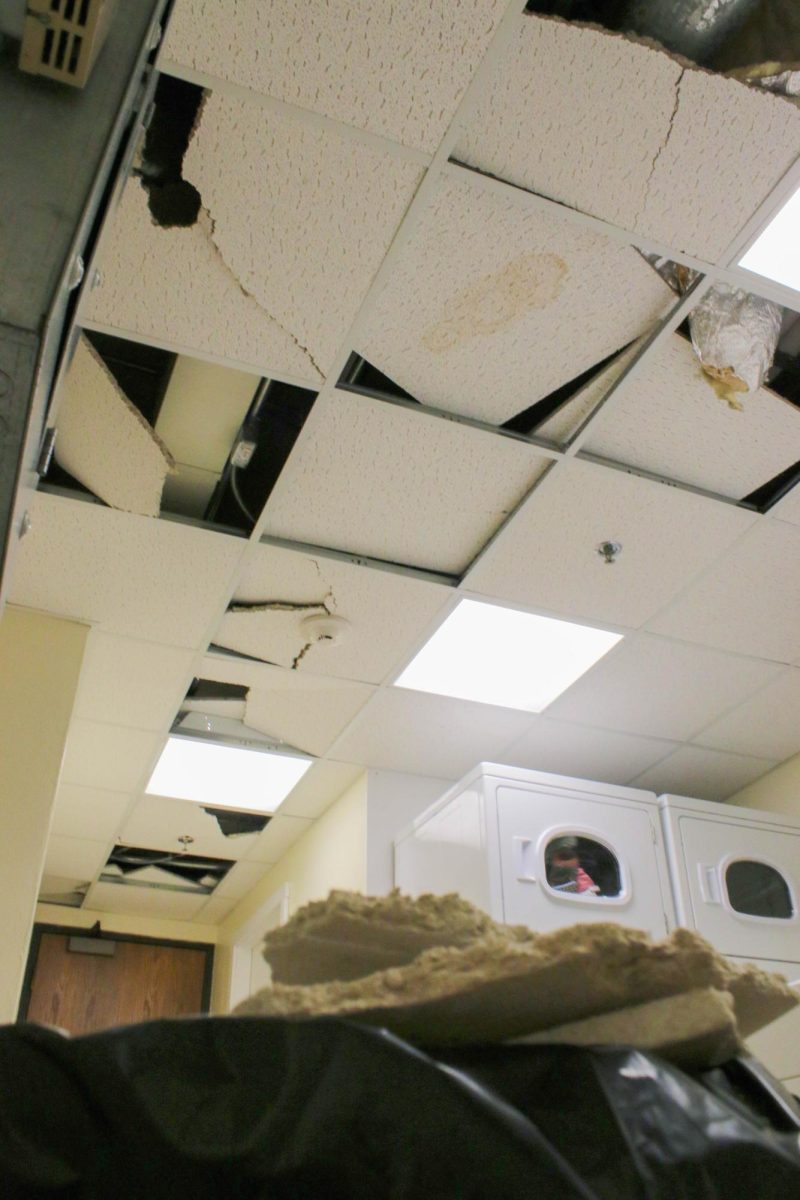Grinnell College claims to be committed to sustainability, but in light of recent events, many students feel that the College is not doing enough. Tackling the problem of how to be sustainable is difficult. Often times people rally behind large movements for change, which can attract a large following. Sometimes, according to President Raynard Kington, there are smaller steps that need to be taken first.
However, some students feel that there is a lack of transparency in terms of these goals toward sustainability. Food for Thought, an organization on campus which is a chapter of the national campaign Real Foods Challenge, works to get food on campus to be “local, ecologically sound, humane and fair,” according to Ceci Bergman ’19, representative from Food for Thought.
“We pride ourselves on social justice and environmental and food justice and inextricably integral to that narrative [is divestment]. If Kington doesn’t support divestment, what does he support? What are goals for this college in regards to sustainability — actual tangible goals and means to achieve them? I would love to see more of that from the College because then we can help to work towards them,” Bergman said.
According to Kington, the smaller day-to-day aspects of sustainability can be more important than attempting to solve a complex problem. It is difficult to make immediate change while dealing with such issues like divestment. There is specific coverage of the College’s goals for sustainability on Grinnell’s website under “Missions and Values”. However, according to Bergman, much of this information is out of date and communication needs to be cleared up if students are to understand how they can be involved in making these smaller steps happen on campus.
“It says under sustainability that we signed the American college and university presidents’ commitment to achieve climate neutrality, but we haven’t reached any of the benchmarks indicated. … There is a lack of transparency on tangible goals that our college has for sustainability and so the superficial achievements on our website do not mean much to me,” Bergman said.
Kington further explained why divesting from fossil fuels is more difficult than he perceives many students assume. Grinnell hires money managers to oversee their funds. When the contracts with the managers are created, Grinnell’s funds are mixed with other funds within a pool of various investments, none of which are guaranteed to be free of fossil fuel shares. If Grinnell wished to divest from investment pools that include fossil fuels, it would be necessary to change every contract and find new managers, who may not be as qualified as the ones the College already has.
If Grinnell decreased its returns, there would be consequences. Money would have to be stripped from other accounts to compensate for that which was lost. Whether that would be less money for student organizations or laying off staff, the education at Grinnell would inevitably suffer, Kington explained.
“The idea that we won’t pay a price is fiction,” Kington said. “I know that there are those who believe that we won’t pay a price. … The question is, ‘is it worth the price?’ And that’s where reasonable people can disagree.”
Current sustainability efforts include a new landscape master plan featuring bioswales for storm water and permeable sidewalks that lower the amount of runoff water. Other current projects that are small scale include the yearly renovation of dorms to increase energy savings, installing submeters in dorms to encourage students to track energy consumption, switching to LED lights, recycling and reusing abandoned items, using single-stream recycling and composting food waste.
These steps towards sustainability are relatively new. “In earnest, we’ve really ramped up our efforts starting around year 2001,” said Rick Whitney, assistant vice president for facilities management. Despite the fact that Grinnell’s efforts towards a more sustainable campus were rather late, Kington pledges a commitment towards improvement.
The Humanities and Social Sciences Complex (HSSC) is a groundbreaking step towards sustainability, according to Whitney, employing both geothermal technology and chilled beam technology for heating and cooling. A current energy model estimates that nearly two million kilowatts per hour will be saved annually in comparison to an average building.
“The amount of energy savings realized by this facility is going to be unprecedented on campus,” Whitney said.
Through implementation of updated heating and cooling systems, current facilities such as Carnegie Hall, the Alumni Recreation Hall and the new Admissions and Financial Aid building will become more sustainable. All of these buildings will run within one system, ensuring that they are as energy efficient as possible.
In addition to the administration, various student groups are committed to creating a more sustainable campus. Eve Galen ’19, president of Student Environmental Committee (SEC) has a lot planned to make this possible. Galen believes change begins at a personal level.
Galen describes SEC “a more general environmental education and personal action [group].” Initiatives from SEC include establishing postering boards in the North and South loggia to reduce paper waste, minimizing paper waste at the Grill by encouraging students to bring their own mug and creating a mug rack for storage, cutting down on tray usage in the dining hall to lower food waste and placing composting bins in student housing, like the language houses.
Galen expresses her hope and belief for sustainability at Grinnell, despite the uncertainty a lot of students are exhibiting.
“There’s a lot of really big and exciting things to be done … people just have to come together,” Galen said.





































































